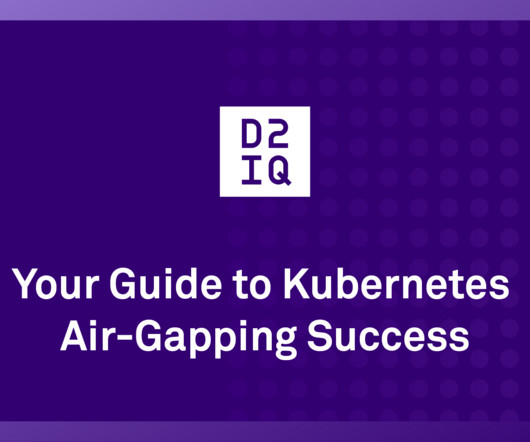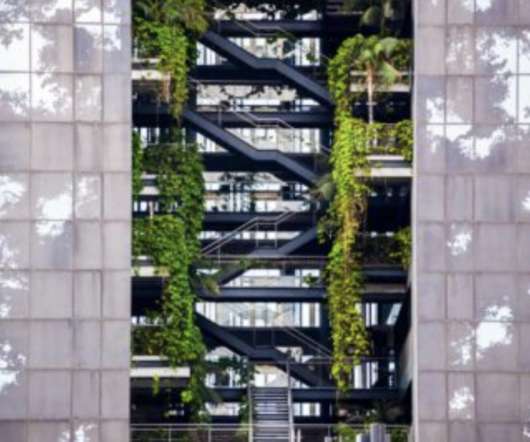Your Guide to Kubernetes Air-Gapping Success
d2iq
JULY 12, 2023
Air-Gapped Environment In a connected Kubernetes environment, you access images in a number of ways including pulling images from Docker, sudo, apt updates, Wget and GitHub downloads. Once you have your images, you can do a backup of a Kubernetes cluster and all the configurations that were deployed to it.














Let's personalize your content